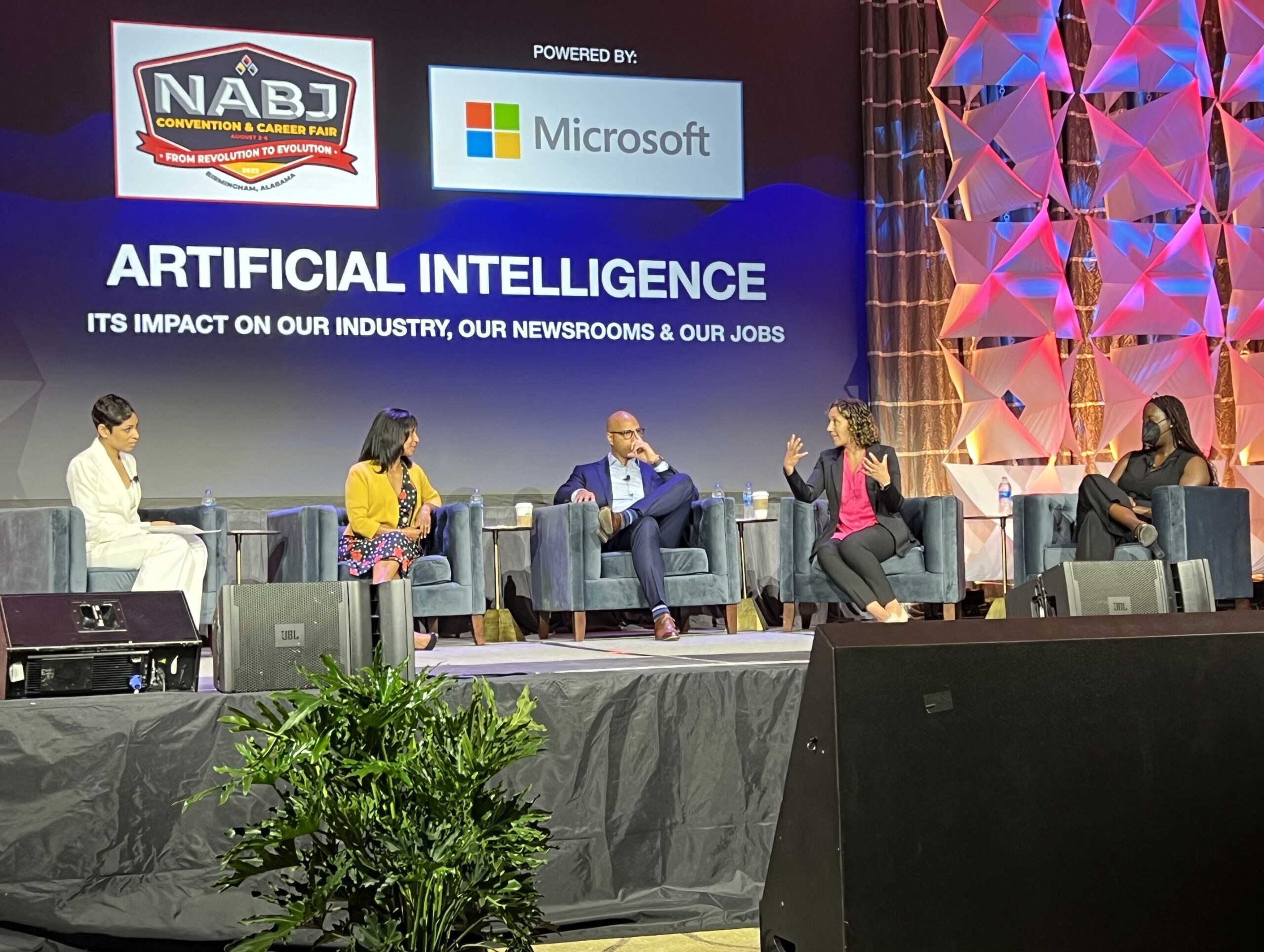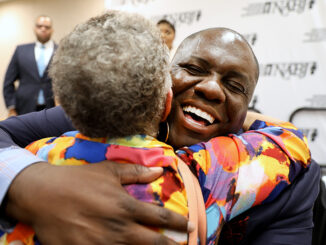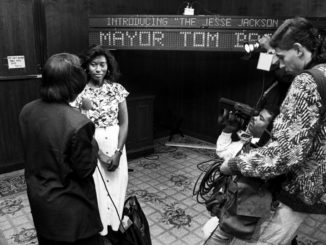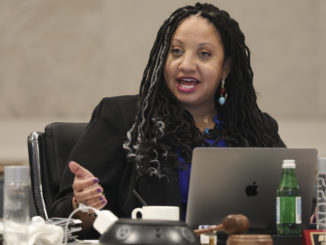
By Maiya Crews
Artificial intelligence is being used to conduct research, write stories and even generate photos. However, some creative industries are pushing back against this technology.
One key issue in the months-long strike of the Writers Guild and SAG-AFTRA, unions based in Hollywood representing writers and actors, is the entertainment industry’s desire to use more artificial intelligence.
This has become a particular concern in newsrooms, and the annual convention of the National Association of Black Journalists in Birmingham addressed the issue with experts from journalism, tech and the White House.
“I know that all technology has its positive elements and actually helps some of our members do their work,” said Mary Cavallaro, SAG-AFTRA’s chief broadcast officer. SAG-AFTRA also represents broadcast newscasters.
“But we are very concerned about AI in terms of the way that it could impact our members’ work, how they do their work but also in terms of your likeness and your sound in terms of your image,” she said.
Some AI programs can create lifelike video images and recordings of people.
Associated Press Executive Editor Julie Pace admits AI is now ubiquitous and she understands why newsrooms would want to use it.
“We have to, as newsroom leaders, make sure that we’re not saying that cost is the only factor,” said Pace.
“Of course it would be cheaper to replace all of your staff with technology, of course it would be cheaper,” she said. “That’s not the right thing to do because it doesn’t represent the values of our industry.”
The AI revolution is already taking place outside the United States. A network in India is using an AI anchor to deliver the news. That sends chills down the spines of broadcasters and prompts the obvious question, Could it happen here?
“It’s hard to predict,” Pace said. “I would say that it’s another opportunity to show what is the value of having the human anchor.
“You could have an AI anchor, you could have an AI newsroom but what does the human anchor bring?”
SAG-AFTRA’s Cavallaro believes the human anchor brings what the artificial anchor cannot.
“Humans understand human emotions, what our fears are, what our concerns are, what is important to us,” Cavallaro said.
“The reason why the work of journalists is so important is because you make that connection. And I don’t think you can take that human effort and have it manipulated by a machine to do the job the way it’s supposed to be done.”




Be the first to comment